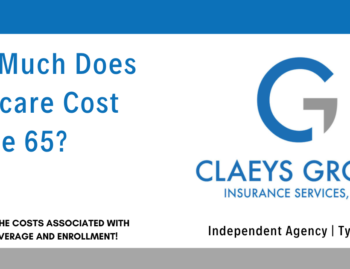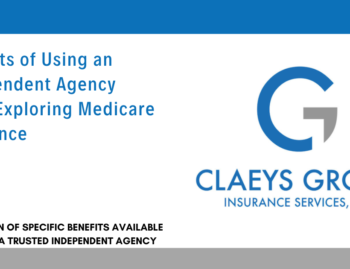
In part 1 of this article, we covered the first three of five critical keys for buying better life insurance. Those tips were: 1) know your need; 2) see life insurance as risk management, not as an investment; and 3) find the right life insurance for you. In part 2 of this article, we will explore the final two critical tips for getting your best life insurance value.
Tip #4: Use a Broker to Shop Many Life Insurance Carriers
By using an independent insurance broker who can shop MANY different life insurance carriers, you are more likely to get the best deal for your life insurance needs. In addition, a dedicated broker can help you get the right plan to fit your needs.
Premiums at a given insurance company are the same whether you apply online, by phone, or work with a broker. So, make your buying experience a better one by using a broker who is looking out for your best interest.
Tip #5: Don’t Fall for the Lowest Life Insurance Quote Advertised
This is an important tip. I hear many life insurance advertisements promote a sample quote, such as: “If you are a male nonsmoker, age 40, you can get $1,000,000 of term insurance for ____________.” The blank is usually filled in with a premium reflecting the very best insurance rating for a 10-year term.
First of all, few people are interested in a 10-year term, which is going to be much cheaper than, say, a 20y-year term, etc. So, the advertisements I hear typically provide a quote for a term most people won’t buy.
Secondly, the quote provided is usually the best rating an insured could get. What do I mean by rating?
When you submit an application for life insurance, that application goes to underwriting. There the underwriter determines what kind of risk you are to the insurance company. This means the insurance company has to guess how soon it might have to pay your death benefit, if, in fact, it ever will. The sooner the insurance company thinks it will need to pay out for you, the worse your rating will be.
Typically, ratings will begin with something like preferred plus. The next rung down the ladder is the preferred rating. Then comes the standard rating. This is followed by Table A, then Table B, etc.
The preferred plus rating is the very best rating. Less than 10% of the population will get that rating. However, the preferred plus rating is usually the rating used in life insurance advertisements.
The Advertised Life Insurance Quote Sleight of Hand
Why do life insurance advertisements provide sample quotes that very few people will be able to get? They do it so they can advertise the lowest quote possible for their life insurance. Advertisers know that many (or most) people they reach will think that is the quote at which they can get life insurance with that company. But it is simply not realistic.
I rarely provide people with a preferred plus quote. In fact, most of the time I won’t provide people with even a preferred quote. If there is a difference between what I have quoted and what the insurance company ends up offering after underwriting, I want the difference to be a positive one for my client. I would much rather have the insurance carrier to come back with a better offer than I have quoted rather than a worse one.
Avoiding a Bad Experience with Life Insurance
Unfortunately, most people who fall for the insurance advertisements’ low sample rates will have a bad experience. Typically, they will end up with an offer from the insurance company that is a much higher premium than they heard advertised.
And who knows what companies those advertisers are quoting? If you apply for the wrong company (even one with the advertised lowest rates), you could end up paying a much higher premium. Sure, that company may have a low rate for preferred plus, but that same carrier may really ding you for any health condition you may have. This will result in a higher premium than you might have gotten with another company.
So, don’t fall for the lowest quote advertised.
When buying life insurance, keep in mind these five critical tips: 1) know your need; 2) approach life insurance as risk management; 3) find the right product for you; 4) shop many carriers; and 5) don’t fall for the lowest quote advertised. If you do, you will save money, and you will protect your family in the best way by getting the right product for your situation. Here’s to happy shopping!
















































5 Tips for Buying Better Life Insurance: Part 2